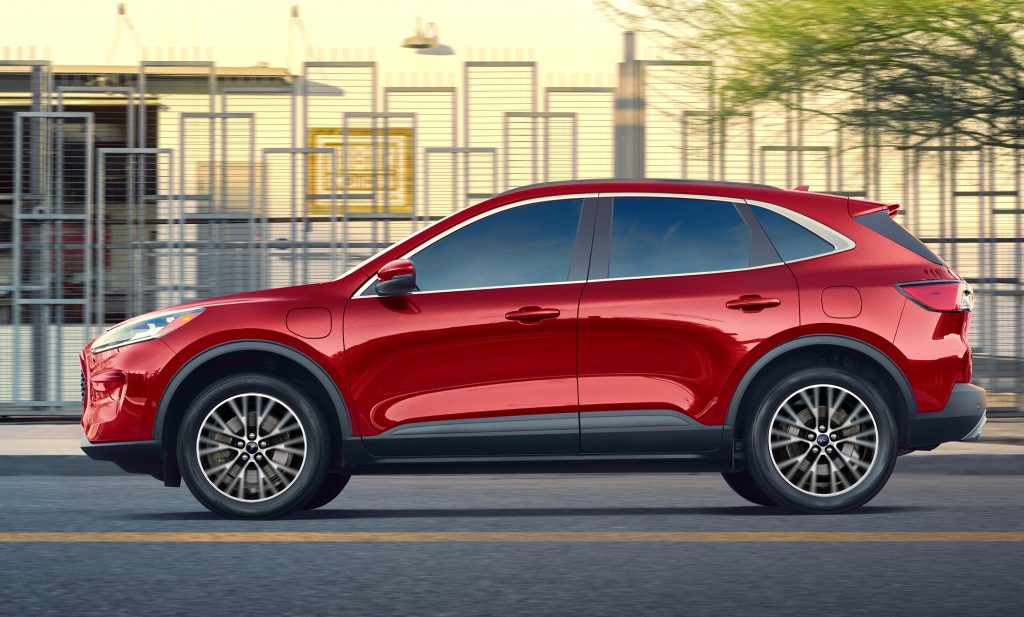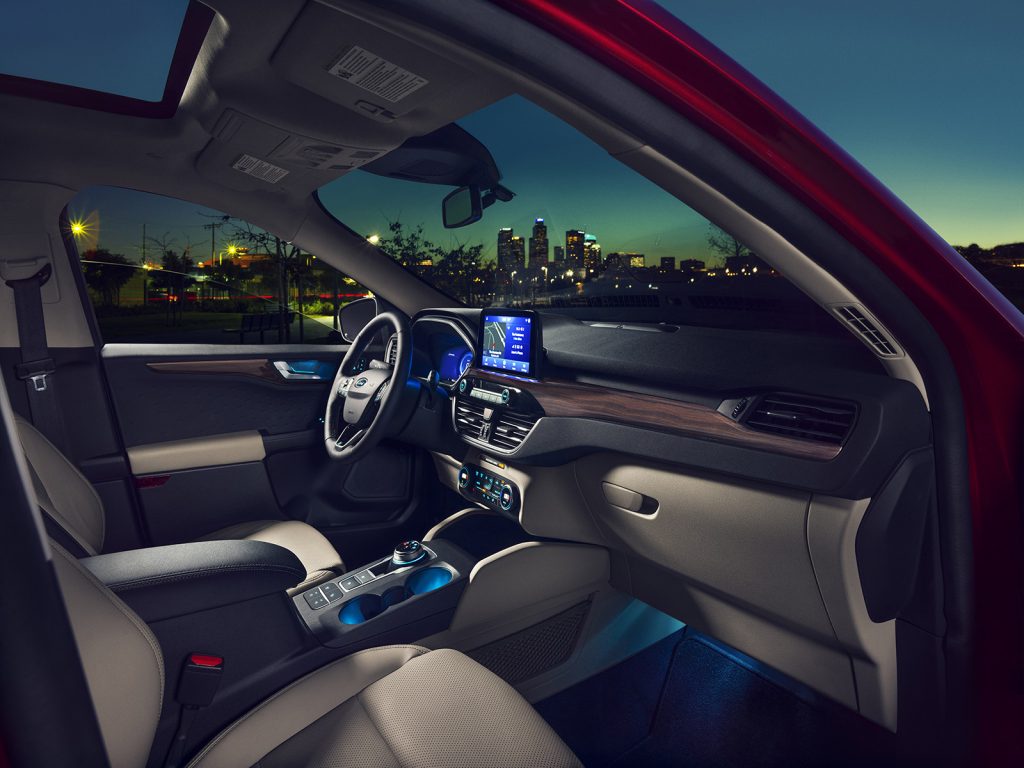Cargazing
By Derek Price
If you believe the hype about the future of cars in America, it’s easy to see a wide gap between gasoline today and electricity tomorrow.
Even with the latest generation of electric cars like the Ford Mustang Mach-E that I drove a few weeks ago, limited charging infrastructure makes electric cars better suited for urban driving than crossing long, barren stretches of highway in rural America.
Vehicles like this, though — the Ford Escape PHEV, or plug-in hybrid electric vehicle — can help bridge that gap.
Like a battery-driven car, it can scoot on pure electric power for most short trips around town. The Escape PHEV is rated for 37 miles of electric range, and it can charge in less than three and a half hours using a 240-volt charger, according to the federal government.
If most of your trips are short jaunts in the suburbs, that means you can drive it without burning a single drop of gasoline most days, something increasingly appealing as the price of oil spikes.

A charging port on the front driver’s side fender is where the Escape PHEV can take a charge for up to 37 miles of electric range. A gasoline engine extends the range for longer trips.
Unlike an all-electric car, though, the Escape PHEV has a gasoline engine that extends the range and lets you take advantage of today’s infrastructure with gas stations on every corner.
It’s almost like having two cars in one: an electric car for the city, and a gasoline car for the country.
The driving feel is similar to any hybrid car. It typically starts out on electric power, then fires up the engine if needed for an added boost. When the battery is fully charged, you can use a light touch on the accelerator to keep it in all-electric mode, but the gasoline engine will still kick on with a noticeable rumble if you press the pedal too aggressively.
That can be disappointing for drivers who are expecting more of an all-electric experience. You have to drive it gingerly to keep from burning gas.

Last redesigned in 2020, the current Escape has spacious seating for its class and an emphasis on easy-to-use technology.
If you mash the gas pedal, acceleration feels strong. Its 2.5-liter, four-cylinder, Atkinson-cycle engine combines with the electric motor to make 200 horsepower, enough to merge with confidence onto freeways.
The cabin is well thought out in its design, but it also won’t be mistaken for a luxury car. It has a family friendly layout with five reasonably spacious seats, good placement of storage bins and controls, plus a big touchscreen up front for accessing its many digital features, including Apple CarPlay.
One downside: You can’t order the Escape PHEV with all-wheel drive. It only powers the front wheels.
That’s actually a good thing if you remember this vehicle’s mission is incredible efficiency. It’s rated for the equivalent of 105 miles per gallon in government testing for combined electric and gasoline driving. Even if you never charge it up, the Escape PHEV still earns a 40-mpg rating when driving with gasoline only.
Pricing starts at $33,075 for the Escape SE plug-in hybrid. The Titanium trim tops the lineup at $38,885 with a long list of driver-assistance features and fancy Bang & Olufsen sound system.
At A Glance
What was tested? 2021 Ford Escape SE PHEV FWD ($33,075). Options: Convenience package ($985). Price as tested (including $1,245 destination charge): $35,305
Wheelbase: 106.7 in.
Length: 180.5 in.
Width: 85.6 in.
Height: 68.6 in.
Powertrain: 2.5-liter four-cylinder and electric motor (200 combined system horsepower)
Transmission: Continuously variable
Fuel economy: 105 MPGe
RATINGS
Style: 8
Performance: 6
Price: 7
Handling: 6
Ride: 7
Comfort: 6
Quality: 6
Overall: 7
Why buy it?
It has a decent electric range for everyday trips around town, plus the flexibility of a gasoline engine for long highway drives.
